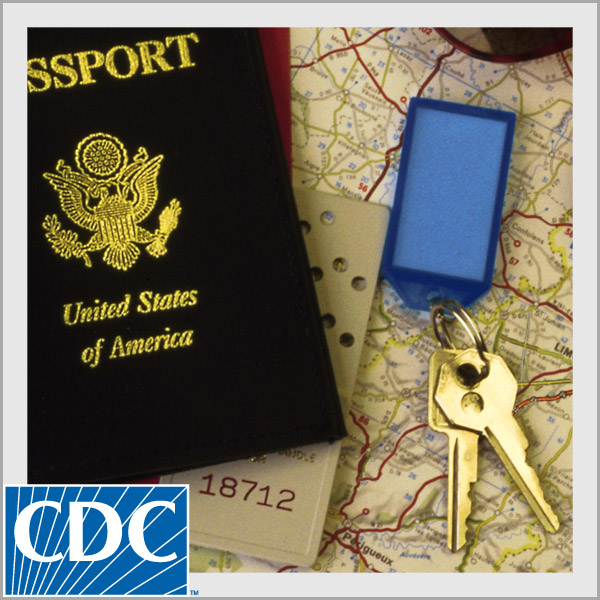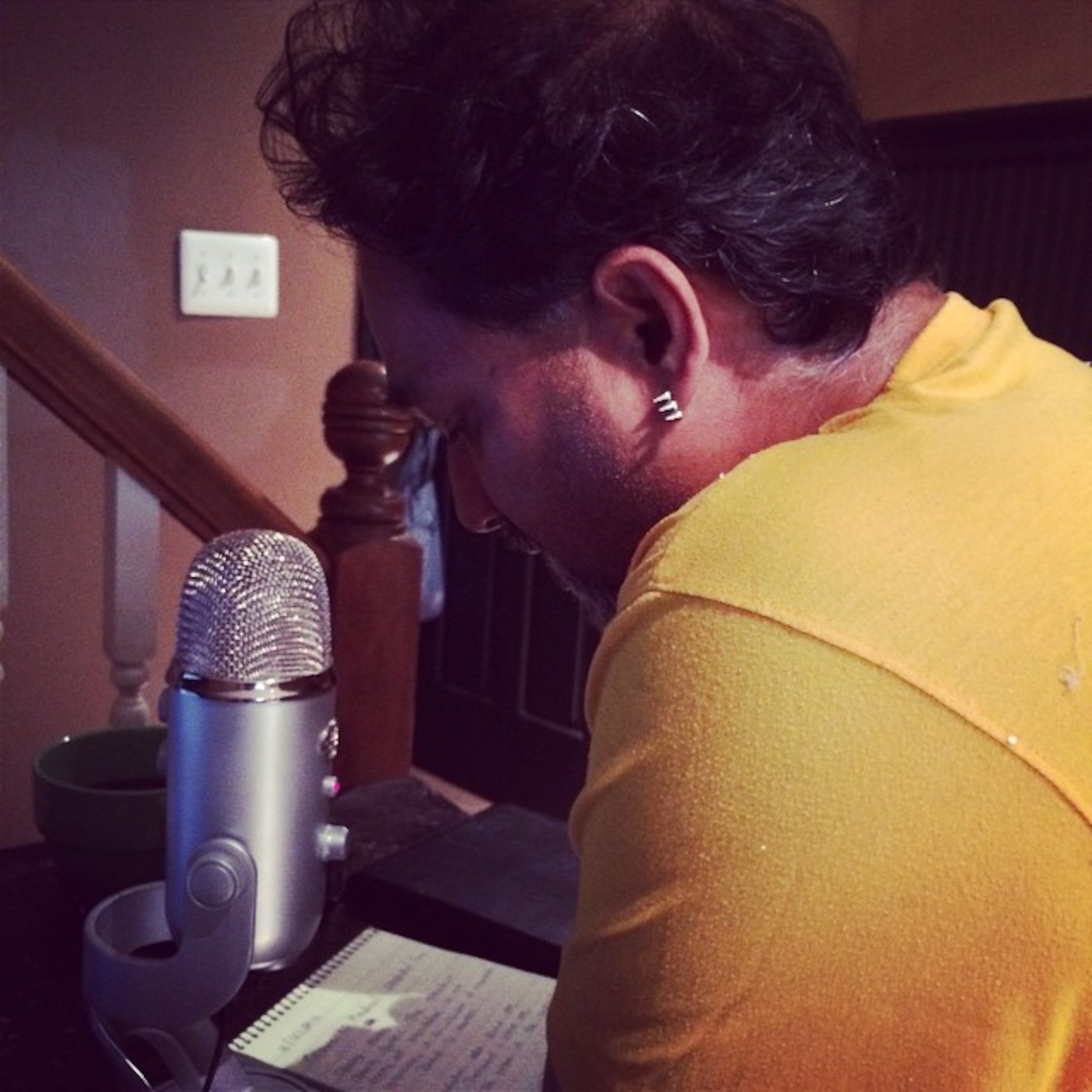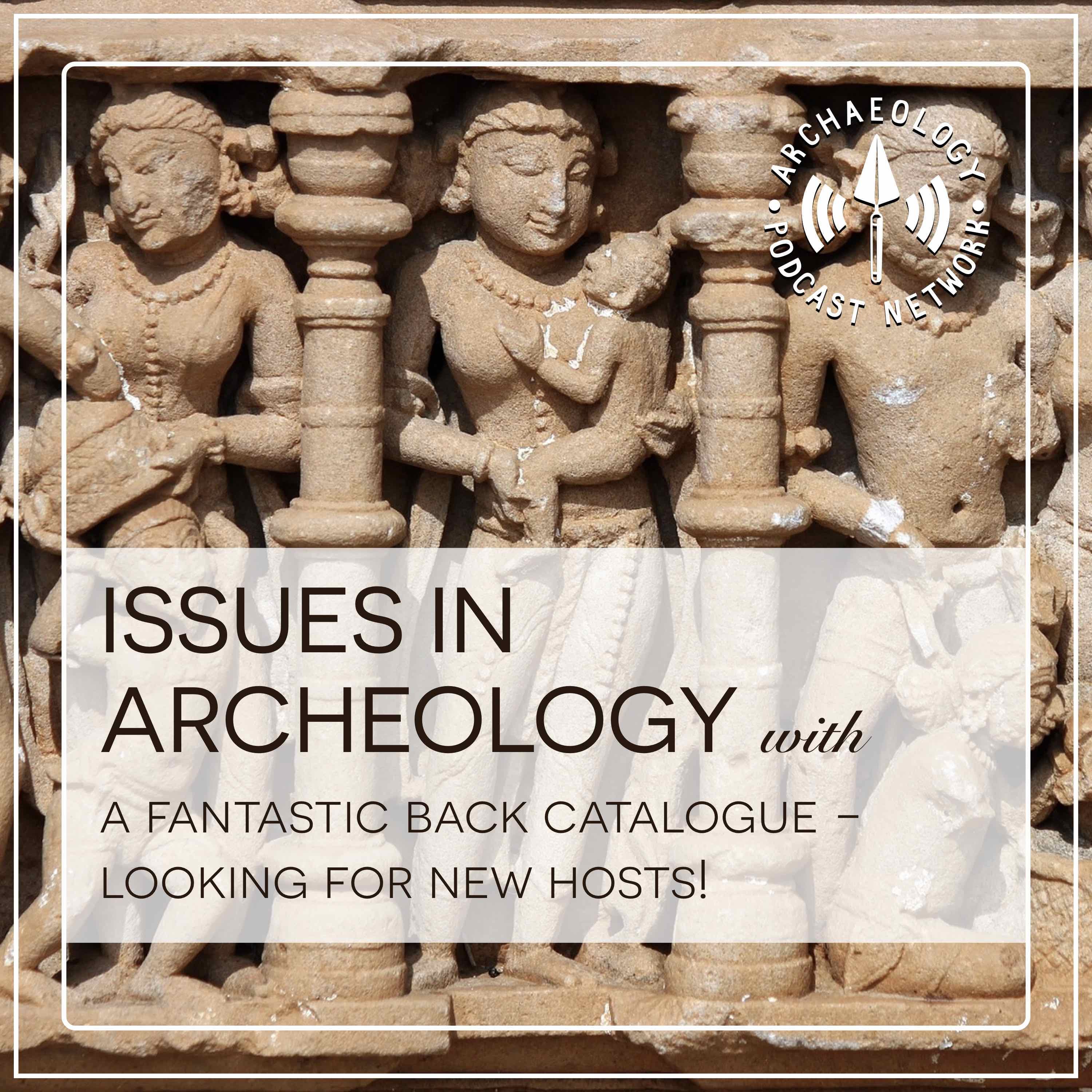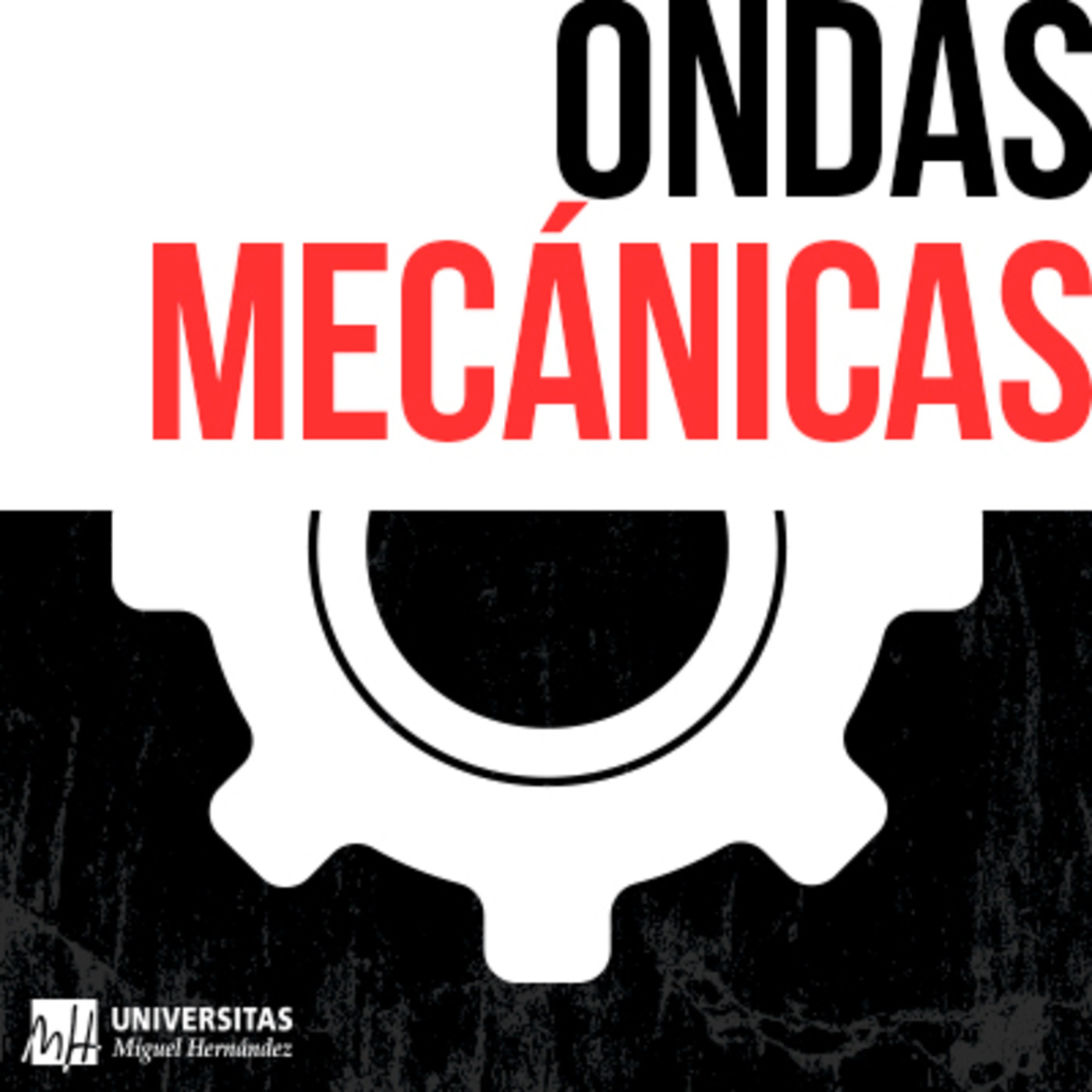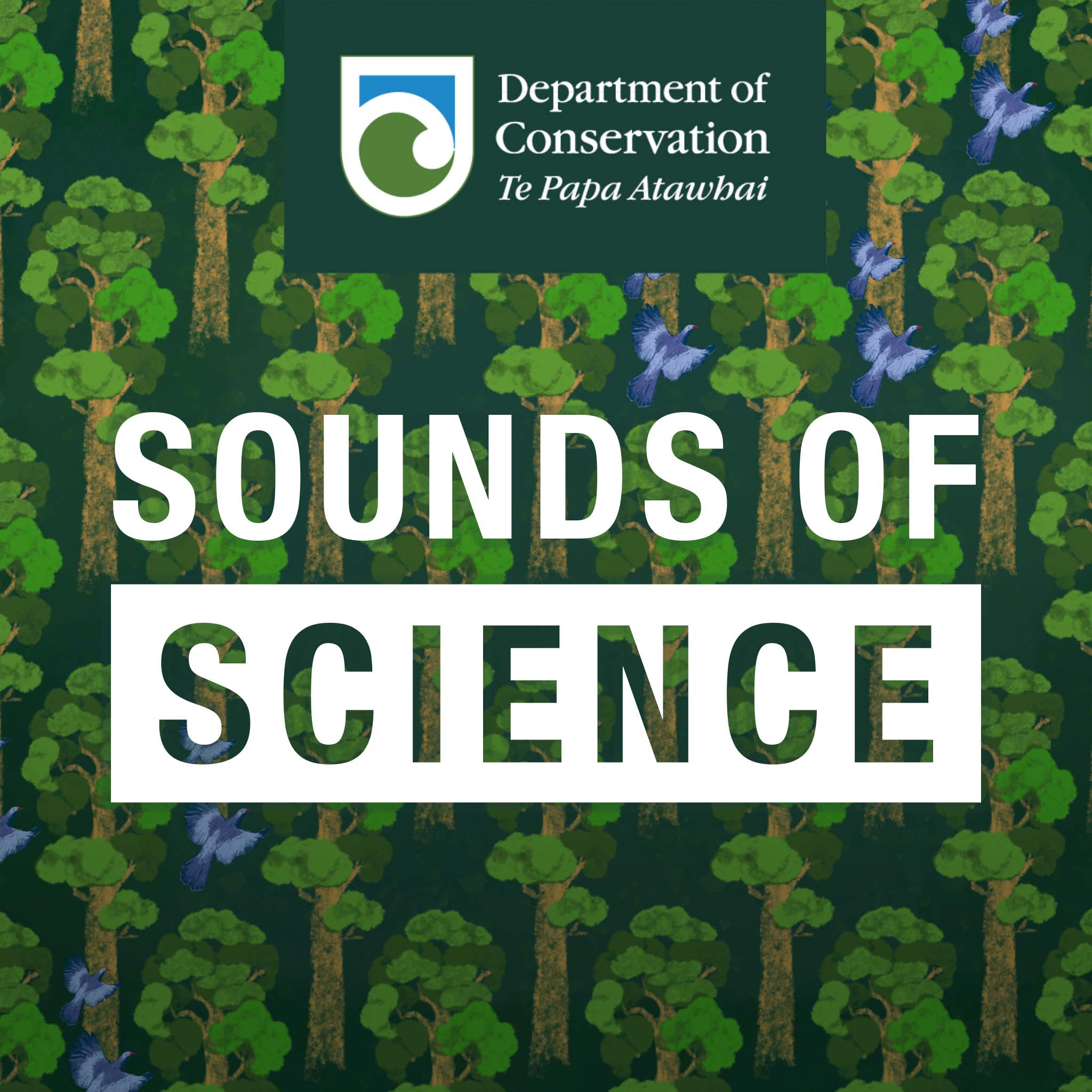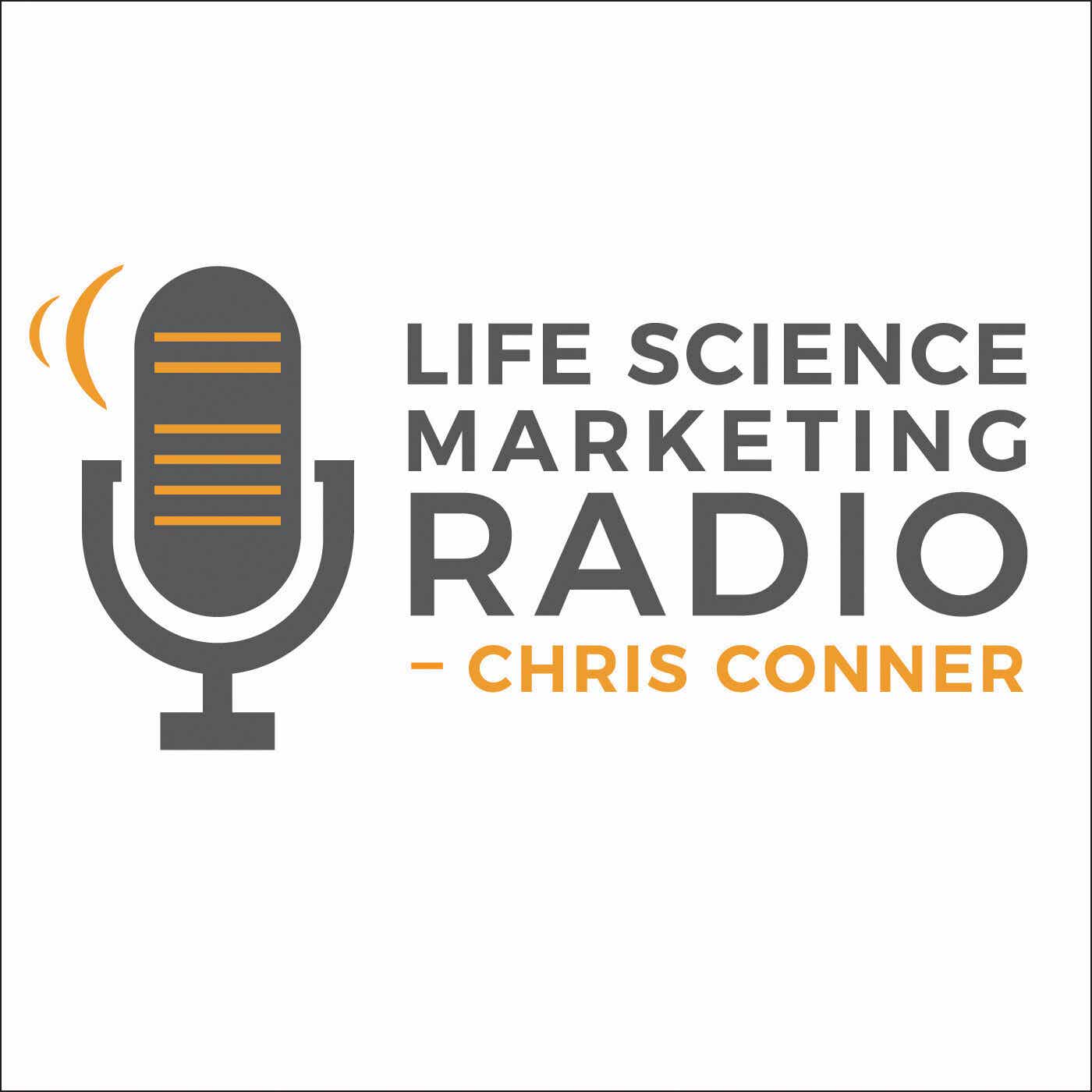 |
Life Science Marketing RadioI interview marketing leaders inside and outside the life sciences (and an occasional scientist) to share the best ideas for making your marketing more effective. Author: Chris Conner
I interview marketing leaders inside and outside the life sciences (and an occasional scientist) to share the best ideas for making your marketing more effective. cclifescience.substack.com Language: en Genres: Business, Life Sciences, Marketing, Science Contact email: Get it Feed URL: Get it iTunes ID: Get it |
Listen Now...
Jeremy Elser - Biology and LLMs Meet in the Lab
Wednesday, 26 November, 2025
At the Advanced Lateral Flow Conference, I spoke with Jeremy Elser, Head of Science Operations at Palantir and founder of Ship of Theseus, a biotech company tackling longevity and regenerative medicine. The name refers to the Greek thought experiment about replacing every plank on a ship over time, similar to Jeremy’s vision to keep rebuilding the human body, replacing the cellular “planks” so it stays functional indefinitely.He’s focusing on restoring the body’s natural ability to regenerate using resident stem cells. Damage accumulates linearly throughout life, but aging accelerates when our capacity to replace that damage falters. His company aims to “re-up” that regenerative capacity, thus the metaphor of the Ship of Theseus .Jeremy also spoke at the conference about using AI and large language models (LLMs) to break down complex scientific questions into smaller, solvable ones. This conversation was fascinating to me in regards to both the biology and the LLMs, discovering what’s possible with both.Jeremy compared an LLM to an eager intern—smart, well-informed, but needing structure and direction. You can’t just hand it a huge problem like “design a new drug protocol” and expect perfection. But if you break that into smaller, ordered tasks like “find existing injury models,” “suggest positive controls,” “compare published protocols”, the system can produce remarkably intelligent, end-to-end workflows.That approach mirrors how good scientists think. Start with clear purpose, choose the right model for the goal, and use well-established methods when you need confidence or novel ones when you want to show something better. It’s part strategy, part rigor, driven by intention. Using an LLM to see where your FDA submission meets (or doesn’t) guidelines seems a relevant example.With respect to biology, Jeremy’s team applies that rigor to wound-healing research involving Hox genes, a class of master regulators that pattern the body during development. He explained how HoxA3, in particular, seems tailor-made for wound repair. It repolarizes macrophages from their inflammatory “angry” state to a regenerative one, promotes vascular growth, and helps skin cells migrate to close the wound. In his words, it “hits wounds in three different ways.” The same gene that once told your embryo where to put your head or feet can later tell adult cells how to heal. I find this phenomenon somewhat magical and hope to someday learn how that works at a molecular level.On the AI front, Jeremy’s biggest insight was about preserving scientific context. He’s using AI to capture and structure what scientists actually do in the lab so knowledge doesn’t walk out the door when people leave. Instead of asking scientists to fill endless forms, the AI reads what they write, asks clarifying questions, and turns messy notes into structured data. The AI will generate every possible graph or chart based on the data, something most scientists would rather avoid. They can then find the ones that are interesting and discard the rest. Jeremy says, Yeah, that’s my bribe to the scientists ‘cause we enforce a little bit of structure. They have to obey the LLM when it asks for more information. So we try to compensate for that time by doing some of the grunt work that they don’t enjoy doing, like producing a bunch of charts.Fair enough.Jeremy wants AI not just to help scientists think faster but to help us see how it thinks so we can decide what to trust. His view is that LLMs already resemble a kind of brain: opaque, pattern-driven, capable of reasoning, but not always able to explain why. It turns out humans are no different. Jeremy shared an interesting example. You’ll have to listen to the episode for that. Beyond the fascinating biology for me the takeaway (and in line with my own experience so far) is that the usefulness of LLMs goes way beyond answering questions or producing content. As I learned from Jeremy Utley of Stanford, using them as a teammate or collaborator is where the value lies. This is a public episode. If you would like to discuss this with other subscribers or get access to bonus episodes, visit cclifescience.substack.com

